Shake loose with these tips and home remedies

Painful leg cramps aren’t just annoying episodes of discomfort. Because they typically occur at night, they can wake you, interrupting necessary rest and sleep.
Advertisement
Cleveland Clinic is a non-profit academic medical center. Advertising on our site helps support our mission. We do not endorse non-Cleveland Clinic products or services. Policy
Complicating matters is the fact there are such a wide variety of causes for leg cramps, from overexertion to neurological conditions to circulation disorders. And there are idiopathic causes, too, which essentially means the causes are unknown.
But just because they’re widespread and have so many causes doesn’t mean there aren’t good prevention and treatment options. Family medicine doctor Matthew Goldman, MD, walked us through the best options and also suggested some things to avoid.
While it’s unlikely you’ll be able to totally prevent leg cramps, there are definitely actions you can take that will lower your risk of some of the more common causes for those aches and pains.
One big cause of leg cramps — and muscle cramps in general — is dehydration. In general, you should be drinking at least 6 to 8 glasses of water every day, according to Dr. Goldman, but it’s recommended to increase your intake if you’re active, especially outside.
Typically, the goal should be to keep urine clear. If urine becomes yellow, amber, orange, etc, this is an indication you may be dehydrated and probably need to increase water intake.
Another way to avoid dehydration is to limit the amount of alcohol and caffeine you take in.
Advertisement
Speak to your provider further if you are concerned about urine color and/or dehydration.
Overexertion and other parts of your exercise routine could also contribute to leg cramps but there are ways to combat this.
First, Dr. Goldman says you should make sure you’ve got the right fit for shoes and properly support your feet. Whether it’s dealing with a high or low arch, the type of midsole a shoe has, or the need for stability, picking the right running shoes can have a huge impact on your body.
Next, be sure you’re properly stretching both before and after exercise. Stretching, especially dynamic stretching, helps warm your muscles up and gets them prepared for whatever activity you’re about to do and proper stretching can keep them from cramping both during exercise and later.
One stretch, in particular, can help prevent leg cramps in your calves. Standing about three feet away from a wall, lean forward and touch the wall with your outstretched arms but keep your feet flat. Hold this position and count to five and then relaxing. Repeat this stretch for up to five minutes at a time, three times a day.
Finally, there are some bedtime things you can make part of your nighttime routine to help prevent leg cramps since they’re most likely to occur at night. Dr. Goldman suggests some gentle leg stretches or even mild exercise, like a walk or short bike ride, right before bed.
But there are also things you can do for your sleep that might help, including adjusting your sleep position. If you sleep on your back, try using pillows to keep your toes pointed upwards. And if you sleep on your stomach, try hanging your feet off the end of the bed. Both of these positions can help keep you in a relaxed position while you sleep, he adds.
Leg cramps are unpleasant and often painful so you want to get rid of them as soon as you can. While there’s nothing that’s guaranteed to immediately end a leg cramp, there are several ways to help alleviate the cramp.
One easy way to alleviate leg cramps once they happen is, yes, stretching. One stretch Dr. Goldman suggests: while standing (or sitting with your leg unfolded before you), straighten your leg and lift your foot until your toes are pointing at your shin, then pull on your toes if you are able to reach them or use a towel for assistance if unable to reach.
Other activities like walking and wiggling your legs as you do may help shake out those cramps. You can also try massaging the cramping muscles with your hands or a roller. And, finally, you can also try standing and pressing your feet against the floor to stretch out those cramping muscles.
Advertisement
A big change in temperature could help out those cramping muscles, according to Dr. Goldman. In addition to stretching, adding heat to your cramping muscles with either a heating pad or a warm bath can help relax and increase blood flow to the cramping muscle(s).
Conversely, an ice pack can help ease the pain of a leg cramp while you wait for it to subside. Just be sure to wrap the ice in a towel or other piece of material so that the ice doesn’t make direct contact with your skin.
Over-the-counter painkillers won’t make the cramping immediately go away, but ibuprofen (Advil, Motrin) and/or acetaminophen (Tylenol) can help ease the pain associated with the cramps. Speak with your provider first about whether or not these medications are safe for you.
Advertisement
Learn more about our editorial process.
Advertisement

At-home treatments and lifestyle changes may help ease the symptoms and improve the appearance of varicose veins — but they aren’t a cure

Regular exercise, an iron-rich diet, adequate sleep and bedtime routines that include a warm bath or massage may help with your kid’s RLS
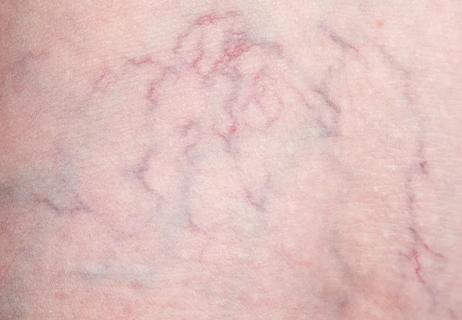
Unlike varicose veins, spider veins don't necessarily indicate poor circulation
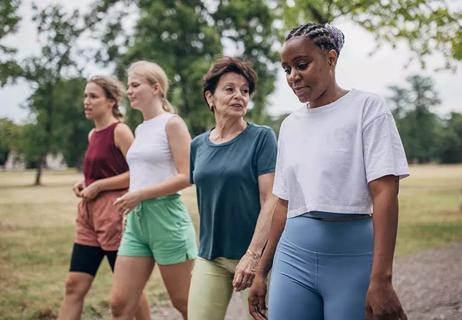
Cardio can reduce the appearance of varicose veins, but only temporarily
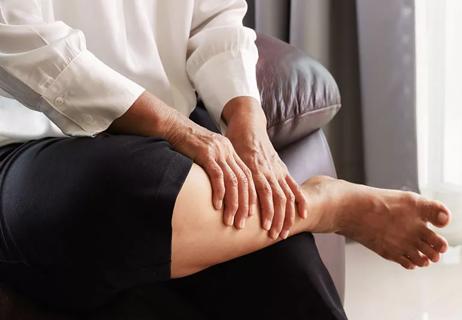
It could be your feet need a rest, but swollen legs may also be a sign of a serious condition
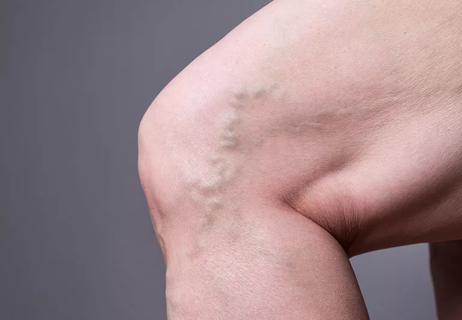
Some symptoms should be taken seriously
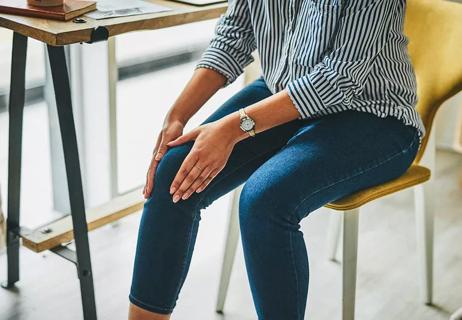
Pain may signal a damaged nerve or herniated disk
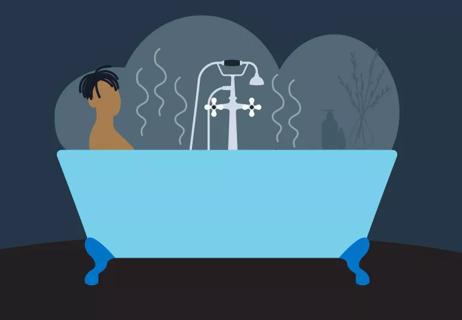
Strategies for getting the sleep you need

The best parenting style balances enforcing rules and showing plenty of love

Tips include cutting back on sugar, focusing on exercise and managing stress

It can be harder to let go when you’ve invested time, energy and emotions — but it might be the healthier choice long term